THE AUTHORS
Christopher Pitts
A Philadelphia native, Chris started off his university years studying classical Chinese poetry before a week in 1990s Shnghi (en route to school in Knmng) abruptly changed his focus to the idiosyncrasies of modern China. After spending several years in Asia memorising Chinese characters, he abruptly traded it all in and moved to Paris, where he currently lives with his family: Perrine, Elliot and Cleste. He works as a freelance writer, editor and translator for a number of publishers, including Columbia University Press, and has contributed to three editions of Lonely Planets China. Visit his website at www.christopherpitts.net.
Chris was the coordinating author of this guide, and wrote the following chapters: Introducing Shnghi, Highlights, Neighbourhoods, Shopping, Eating, Drinking, Entertainment, Transport and Directory.
Daniel McCrohan
Daniels writing career kicked off with a seven-year spell in London as a news and sports journalist before his first taste of China as a backpacker in 2004 proved too delicious to ignore. He soon decided there was more to life than interviewing footballers, so upped sticks and moved to China, where he has lived ever since. Initially spending time in Shnghi studying Chinese and teaching English Daniel later moved to Bijng, where he now lives with his wife, Taotao, in a courtyard house in one of the capitals historic htng (narrow alleyways). Daniels frequent travels across China 22 provinces and counting rekindled his love of writing, and he began contributing travel articles to publications in China and the UK before joining Lonely Planet in 2007. This is his fourth Lonely Planet assignment. He has also coauthored China.
For this guide, Daniel wrote the following chapters: Getting Started, Background, Architecture, Sleeping and Excursions.
LONELY PLANET AUTHORS
Why is our travel information the best in the world? Its simple: our authors are passionate, dedicated travellers. They dont take freebies in exchange for positive coverage so you can be sure the advice youre given is impartial. They travel widely to all the popular spots, and off the beaten track. They dont research using just the internet or phone. They discover new places not included in any other guidebook. They personally visit thousands of hotels, restaurants, palaces, trails, galleries, temples and more. They speak with dozens of locals every day to make sure you get the kind of insider knowledge only a local could tell you. They take pride in getting all the details right, and in telling it how it is. Think you can do it? Find out how at lonelyplanet.com.
GETTING STARTED
In terms of culture and facilities, Shnghi is about as close to the West as you can get on mainland China, but it is, nevertheless, still China and for the first-time visitor the city can throw up a number of surprises. English, for example, is hardly spoken at all outside backpacker hostels, top-notch hotels and expat friendly Western-style bars and restaurants. Our for suggestions on what to do once you arrive.
WHEN TO GO
The best seasons to visit Shnghi are spring (March to mid-May), as the city warms up from a cold winter, and autumn (late September to mid-November), when the heat of summer pleasantly subsides. Although Shnghi has grown warmer in winter over recent years (snow is rare these days), winter (mid-November to February) is generally miserable with most heating coming from reverse-cycle air-con (central heating is rare). Summer (June to September) is fiercely hot, and the humidity combines with the crowds to rapidly sap energy, although this is the peak tourist season.
All hell breaks loose in late January/early February when the Spring Festival (Chinese New Year) hits town and swamps the transport infrastructure with domestic travellers. Its only a three-day festival but is generally extended to a week by including weekend days. Likewise, National Day (around October 1) is a three-day holiday stretched out to last one week. While being here during these times especially for the fireworks extravaganza that is Spring Festival can be fun, unless you have a particular fondness for big crowds and long queues its best to avoid being on the road or doing too much sightseeing at these times.
Peruse the following Festivals section to cherry-pick events that float your boat. See the for more information on the weather in Shnghi.
FESTIVALS
Apart from the festivals listed below and the holidays outlined in the Directory chapter, other events include the Shanghai International Fashion CultureFestival, in March or April, and the Shanghai International Tea Culture Festival at the end of April. If you fancy something stronger, the Shanghai Beer Festival staggers into town around the end of July. Of less interest to foreign visitors are the Nanhui Peach Blossom Festival in mid-April, the Osmanthus Festival (near Guilin Park) in September or October, and the Tangerine Festival in early November. Children will particularly enjoy the Anting Kite Festival, held in nearby ntng ( ; Jidng district) in mid-April. The Shanghai Tourism Festival kicks off in mid-September with a parade down Middle Huaihai Rd or East Nanjing Rd, and offers a wide variety of cultural programs. The Shanghai Masters 1000 is a significant tournament on the tennis calendar, attracting many of the big names in world tennis. Previously known as the Tennis Masters Cup, it is held every October in the magnificent Qi Zhong Stadium (5500 Yuanjiang Rd) in Mnhng district.
; Jidng district) in mid-April. The Shanghai Tourism Festival kicks off in mid-September with a parade down Middle Huaihai Rd or East Nanjing Rd, and offers a wide variety of cultural programs. The Shanghai Masters 1000 is a significant tournament on the tennis calendar, attracting many of the big names in world tennis. Previously known as the Tennis Masters Cup, it is held every October in the magnificent Qi Zhong Stadium (5500 Yuanjiang Rd) in Mnhng district.
Special prayers are held at Buddhist and Taoist temples on days when the moon is either full or just a sliver. According to the Chinese lunar calendar, the lunar month begins with the new moon, while the full moon occurs 15 and 16 days later; some Chinese Buddhists observe a vegetarian diet on the occasions of the new moon and full moon.
January & February
WESTERN NEW YEAR 1 Jan
 Yundn
Yundn
has excellent New Year celebrations, with dragon and lion dances. At New Year the abbot strikes the bell 108 times while the monks beat on gongs and offer prayers for the forthcoming year. The Western New Year is celebrated in bars citywide on New Years Eve.
SPRING FESTIVAL
14 Feb 2010, 3 Feb 2011, 23 Jan 2012
 Chn Ji
Chn Ji
Also called the Chinese New Year, the Spring Festival is the equivalent of Christmas in the Chinese calendar. Families get together to feast on jiozi (dumplings), exchange gifts, vegetate in front of the TV, visit friends and take a long holiday. Locals also pay crucial New Year visits (binin) to their bosses, seniors and elders. The festival traditionally commences on the first day of the first moon of the traditional lunar calendar, but a high-octane month-long build-up featuring a crescendo of red and gold decorations festooning shopping malls and the inescapable onset of seasonal Cantopop ditties gets everyone hyped up much earlier. An explosion of fireworks at midnight welcomes the New Year and wards off bad spirits, while special services are held at . Top Chinese restaurants are booked out well in advance for ninyfn (New Years Eve dinner). Families paste red couplets on their doors and hand out hngbo, red envelopes stuffed with money. Another explosion of firecrackers on the fifth day of the New Year heralds the arrival of the God of Wealth.

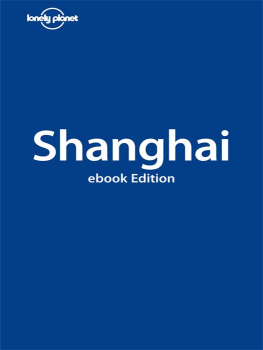
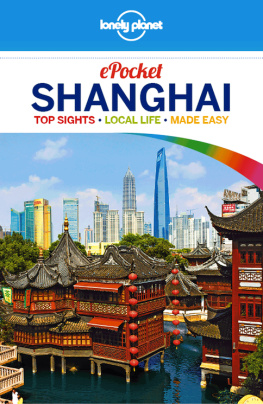
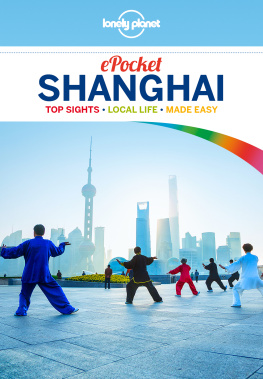
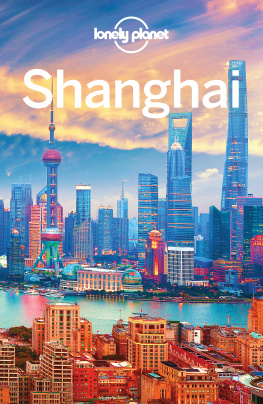
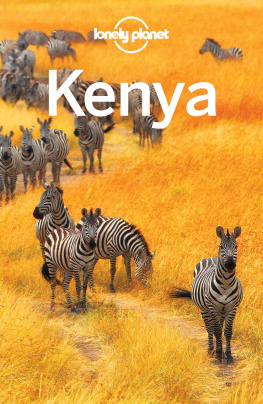
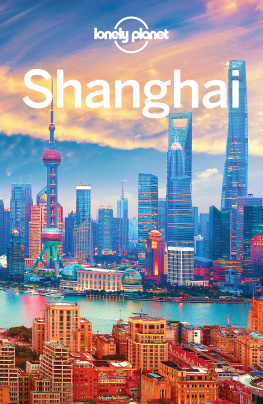
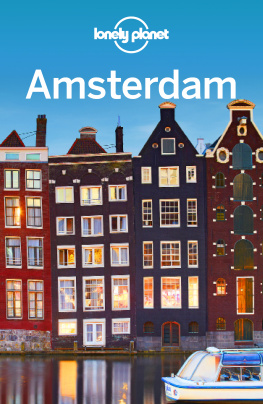
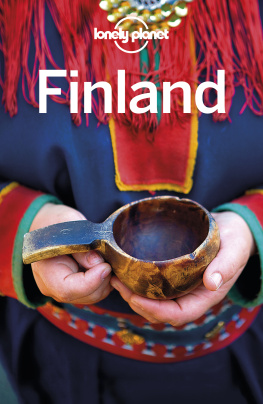
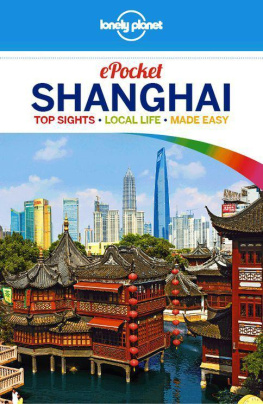
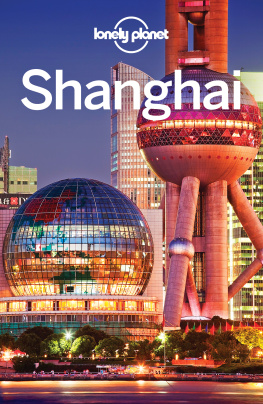



 ; Jidng district) in mid-April. The Shanghai Tourism Festival kicks off in mid-September with a parade down Middle Huaihai Rd or East Nanjing Rd, and offers a wide variety of cultural programs. The Shanghai Masters 1000 is a significant tournament on the tennis calendar, attracting many of the big names in world tennis. Previously known as the Tennis Masters Cup, it is held every October in the magnificent Qi Zhong Stadium (5500 Yuanjiang Rd) in Mnhng district.
; Jidng district) in mid-April. The Shanghai Tourism Festival kicks off in mid-September with a parade down Middle Huaihai Rd or East Nanjing Rd, and offers a wide variety of cultural programs. The Shanghai Masters 1000 is a significant tournament on the tennis calendar, attracting many of the big names in world tennis. Previously known as the Tennis Masters Cup, it is held every October in the magnificent Qi Zhong Stadium (5500 Yuanjiang Rd) in Mnhng district. Yundn
Yundn Chn Ji
Chn Ji